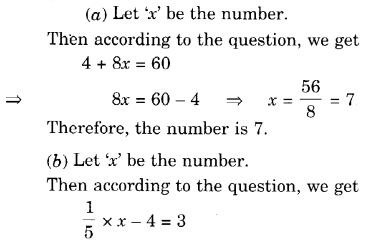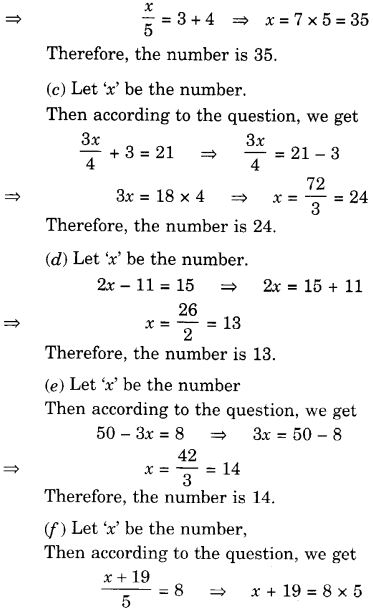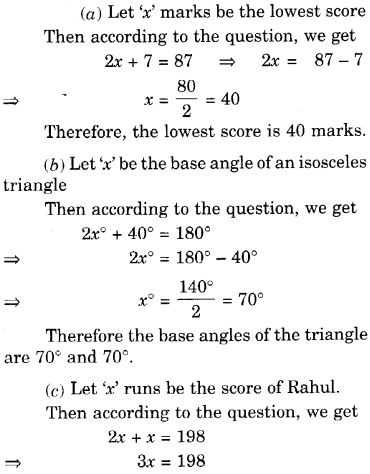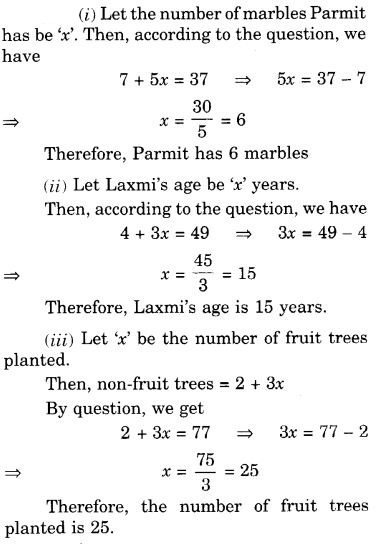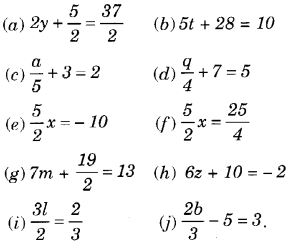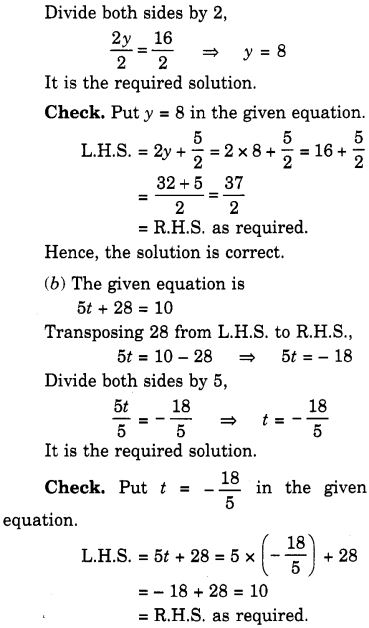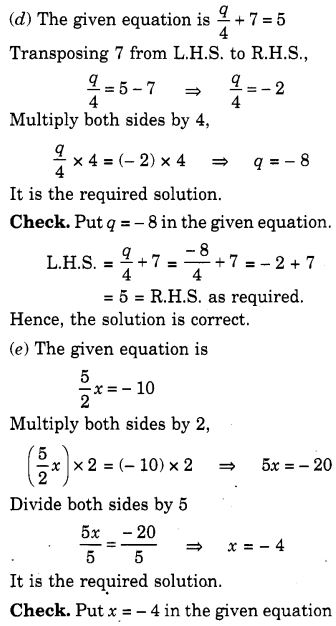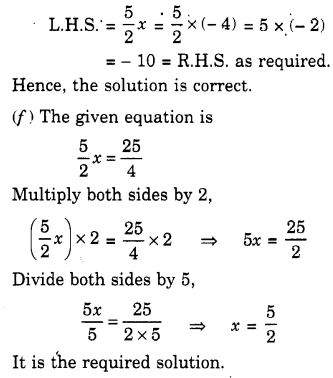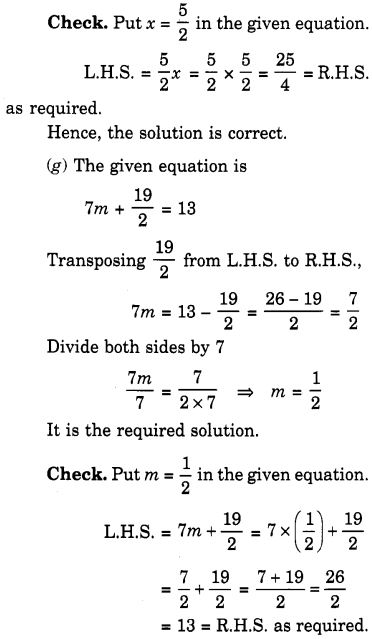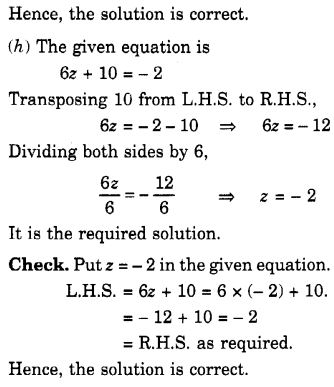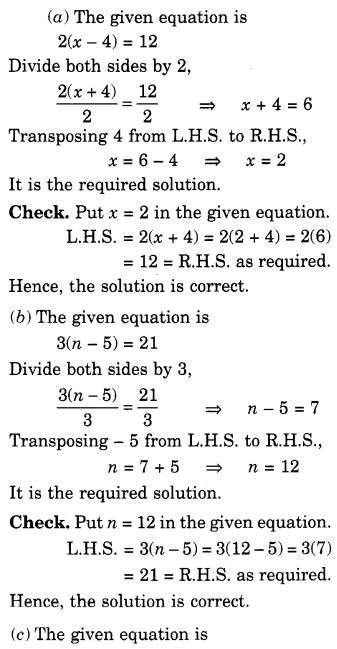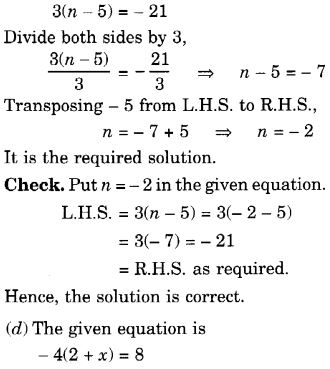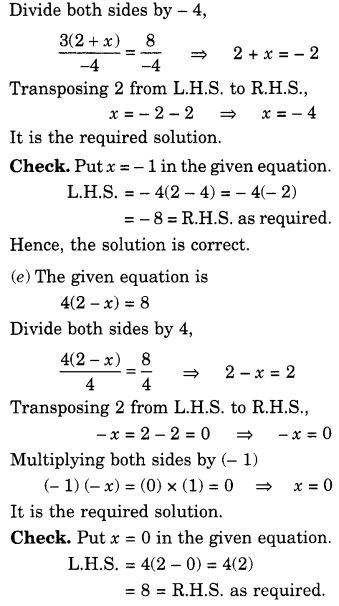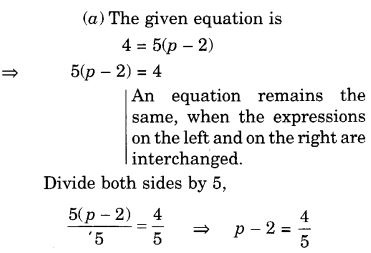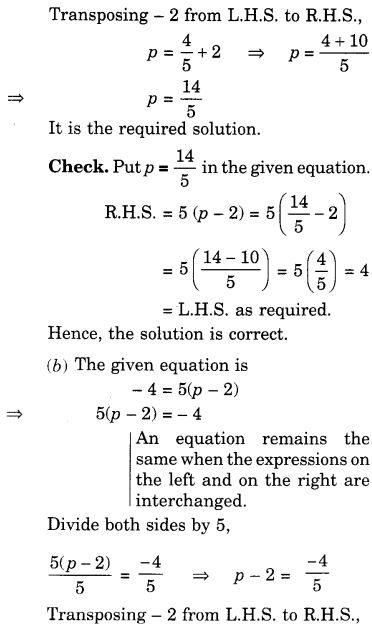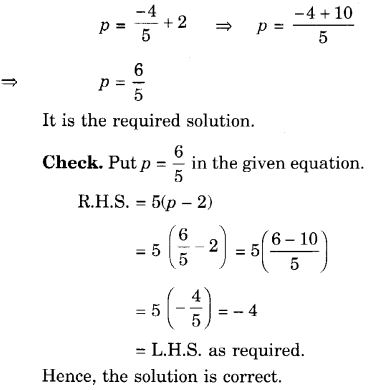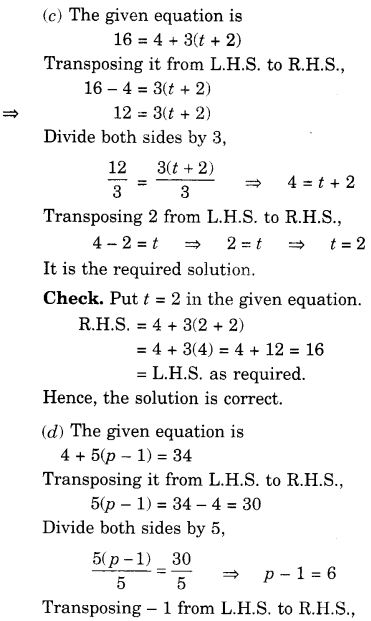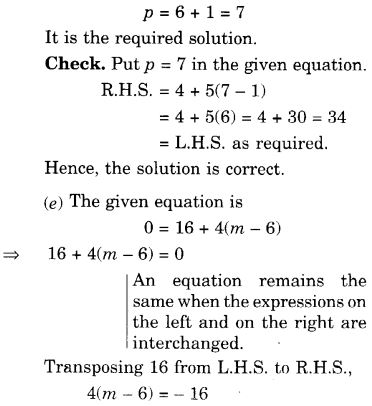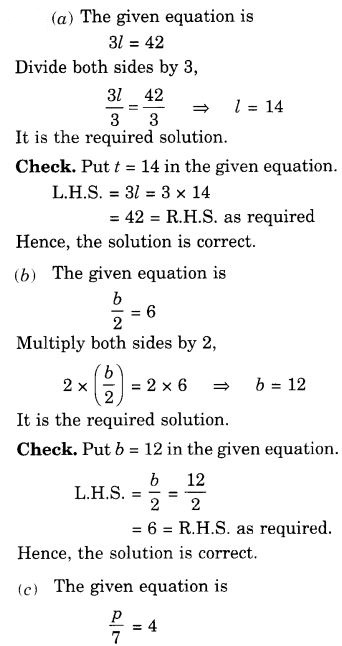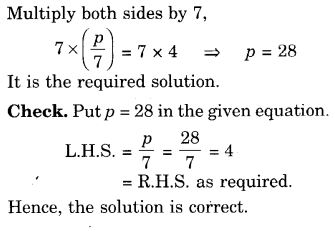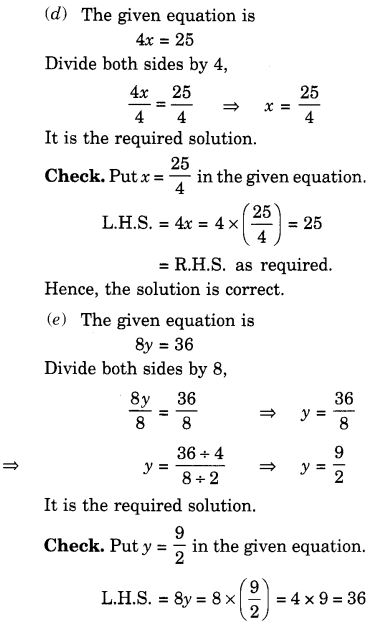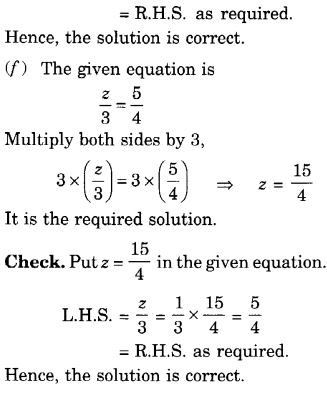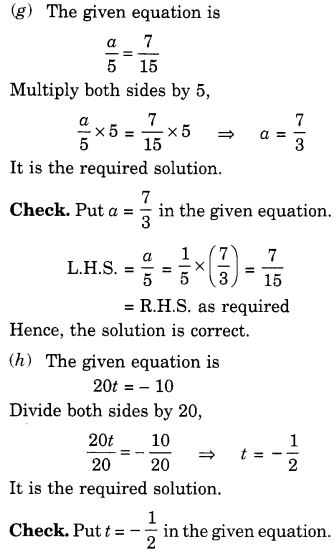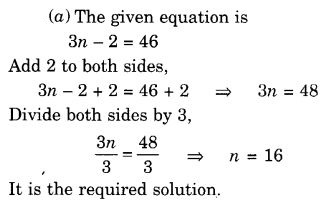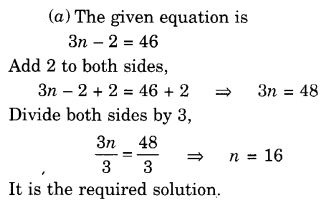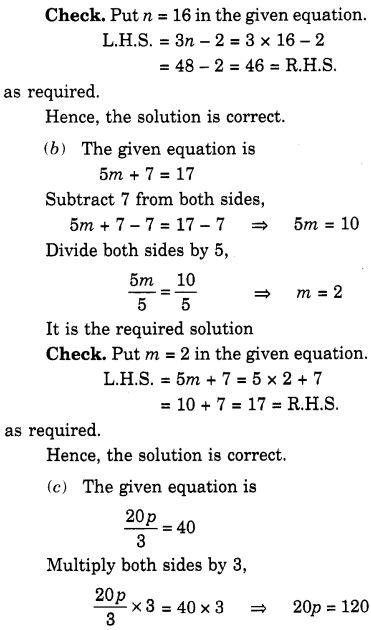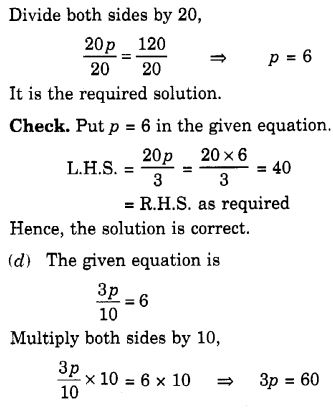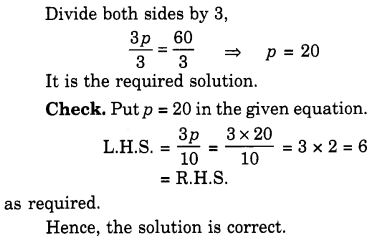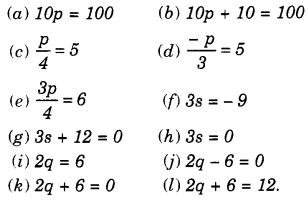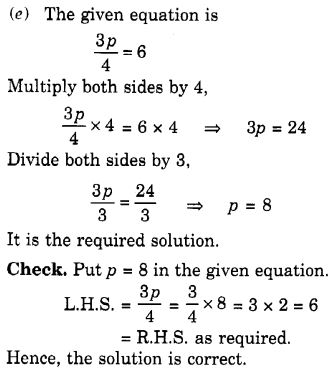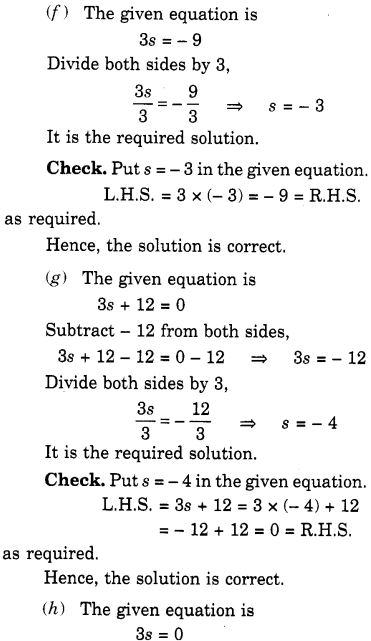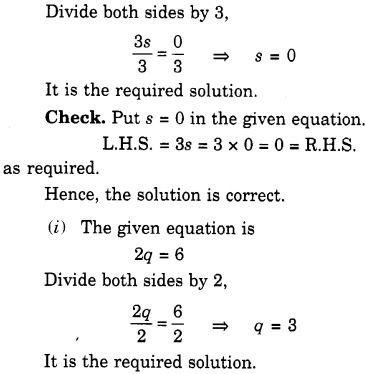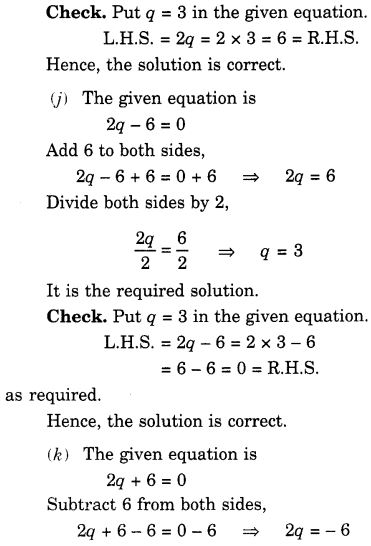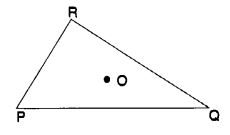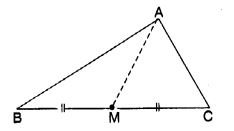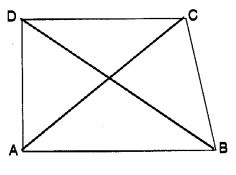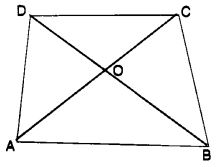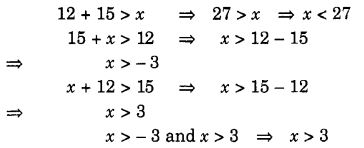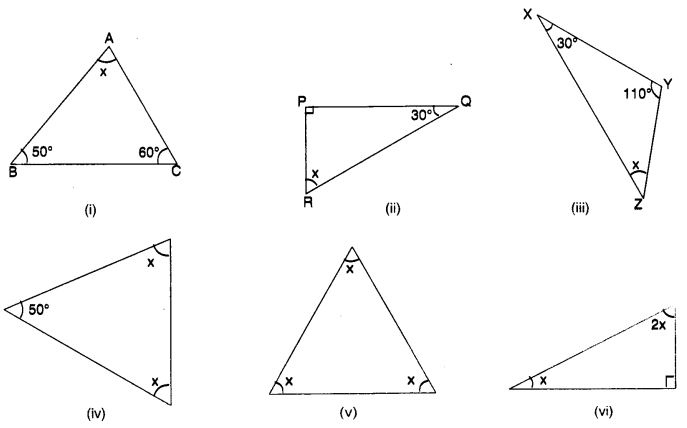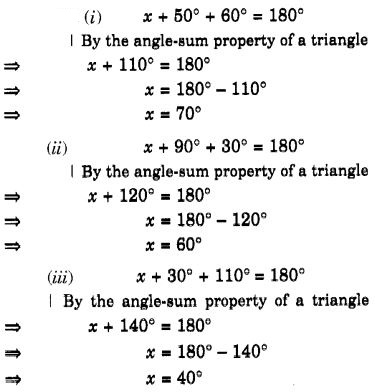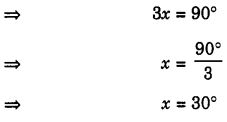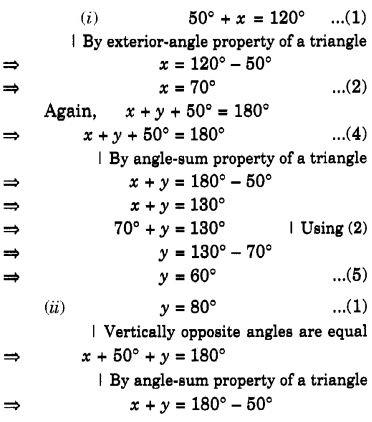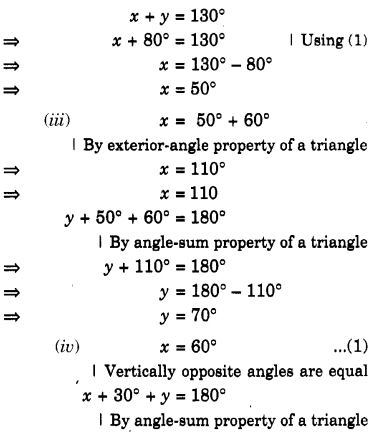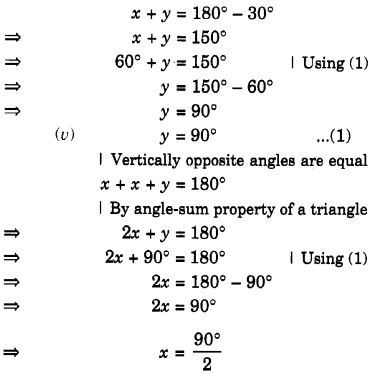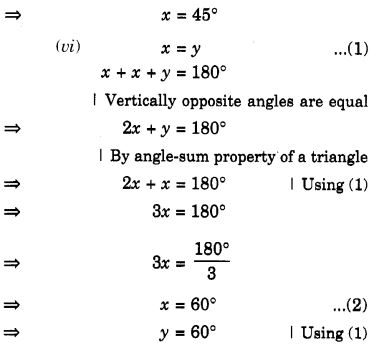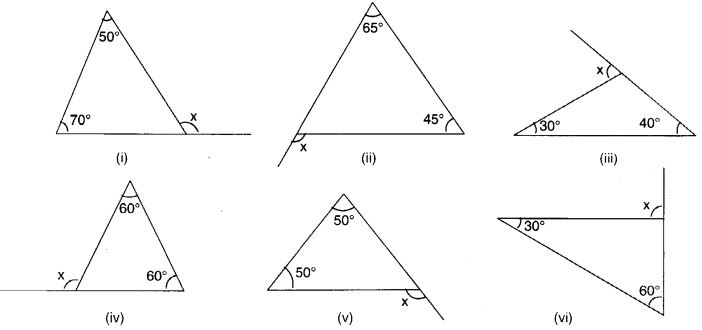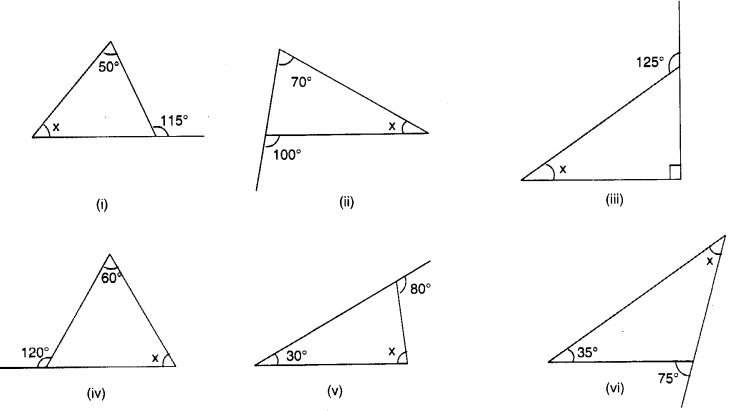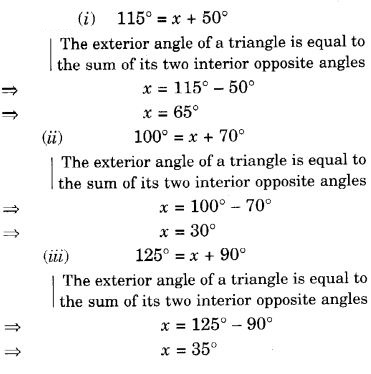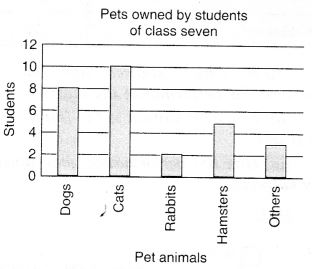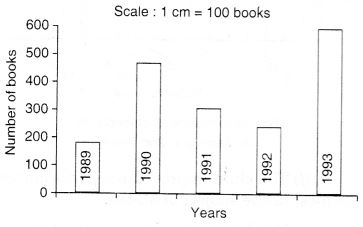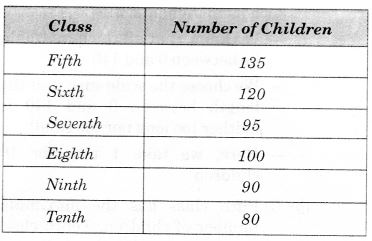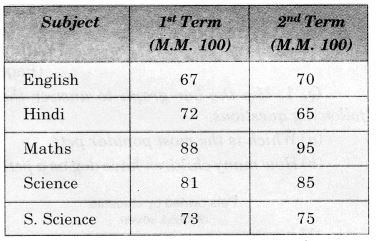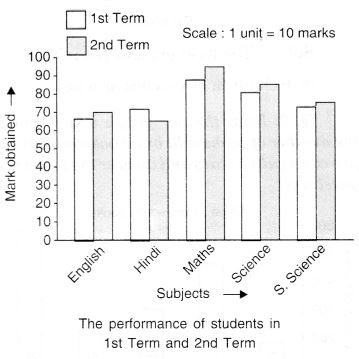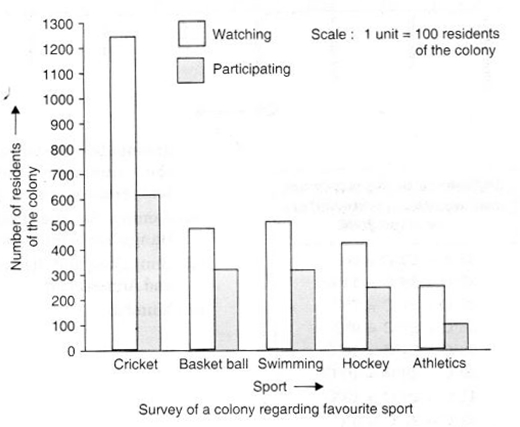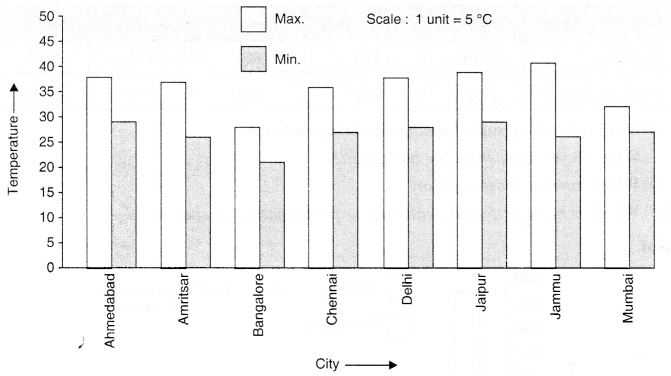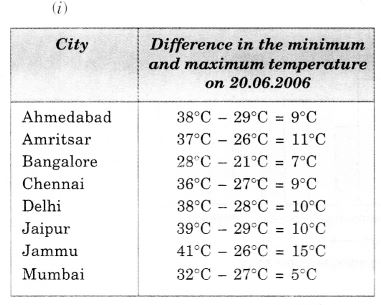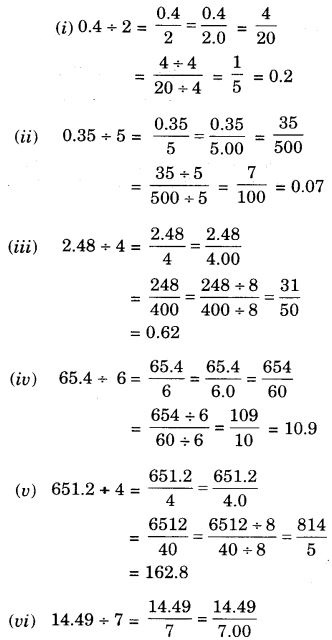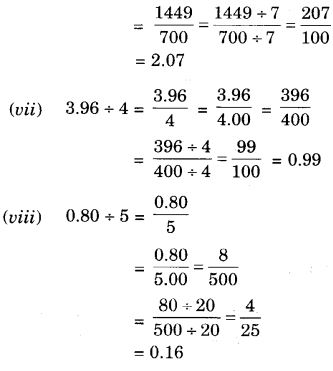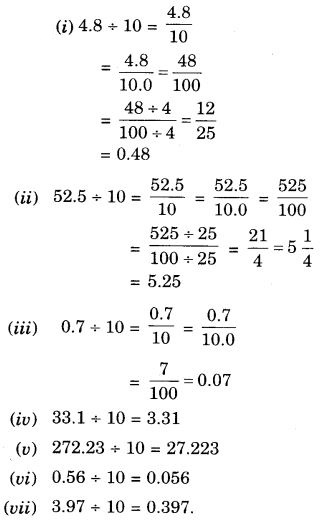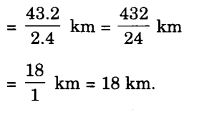NCERT Solutions for Class 7 Maths Chapter 5 Lines and Angles Ex 5.2 are part of NCERT Solutions for Class 7 Maths. Here we have given NCERT Solutions for Class 7 Maths Chapter 5 Lines and Angles Ex 5.2.
| Board | CBSE |
| Textbook | NCERT |
| Class | Class 7 |
| Subject | Maths |
| Chapter | Chapter 5 |
| Chapter Name | Lines and Angles |
| Exercise | Ex 5.2 |
| Number of Questions Solved | 6 |
| Category | NCERT Solutions |
NCERT Solutions for Class 7 Maths Chapter 5 Lines and Angles Ex 5.2
Question 1.
State the property that is used in each of the following statements?
- If a || b, then ∠ 1 = ∠ 5.
- If ∠ 4 = ∠ 6, then a || b.
- If ∠ 4 + ∠ 5 = 180°, then a || b.
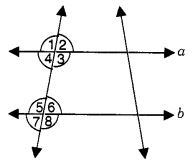
Solution:
- Corresponding angle property.
- Alternate interior angle property.
- Interior angles on the same side of the transversal are supplementary.
Question 2.
In the following figure, identify:
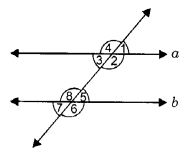
- the pairs of corresponding angles.
- the pairs of alternate interior angles.
- the pairs of interior angles on the same side of the transversal.
- the vertically opposite angles.
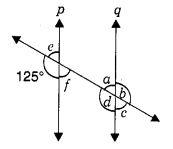
Solution:
- ∠1, ∠5; ∠2, ∠6; ∠3, ∠7 and ∠4, ∠8 are four pairs of corresponding angles.
- ∠2, ∠8, and ∠3, ∠5 are two pairs of alternate interior angles.
- ∠2, ∠5, and ∠3, ∠8 are two pairs of interior angles on the same side of the transversal.
- ∠1, ∠3; ∠2, ∠4; ∠5, ∠7 and ∠6, ∠8 are four pairs of vertically opposite angles.
Question 3.
In the adjoining figure, p || q. Find the unknown angles.
Solution:
a = 55°, b = 125°, c = 55°, d = 125°, e = 55°, f = 55°.
Question 4.
Find the value of x in each of the following figures if l || m.
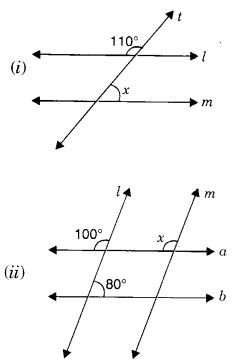
Solution:
(i) Since, l || m and t is a transversal.
∴ ∠x = (180° – 110°) = 70° [Corresponding angles, Linear pair]
(ii) if l || m and a is a transversal.
Then, ∠x = 1000 [Corresponding angles]
Question 5.
In the given figure, the arms of two angles are parallel. If ∠ ABC = 70°, then find
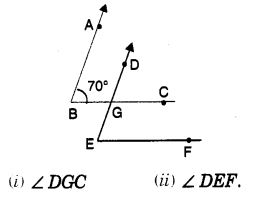
Solution:
- 70°
- 70°
Question 6.
In the given figures below, decide whether l is parallel to m.
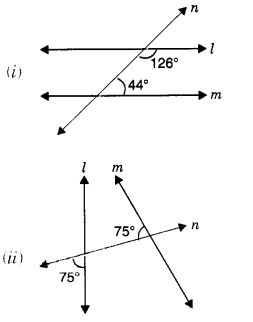
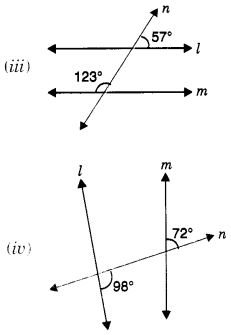
Solution:
- l is not parallel to m
- l is not parallel to m
- l || m
- l is not parallel to m
We hope the NCERT Solutions for Class 7 Maths Chapter 5 Lines and Angles Ex 5.2 help you. If you have any query regarding NCERT Solutions for Class 7 Maths Chapter 5 Lines and Angles Ex 5.2, drop a comment below and we will get back to you at the earliest.
